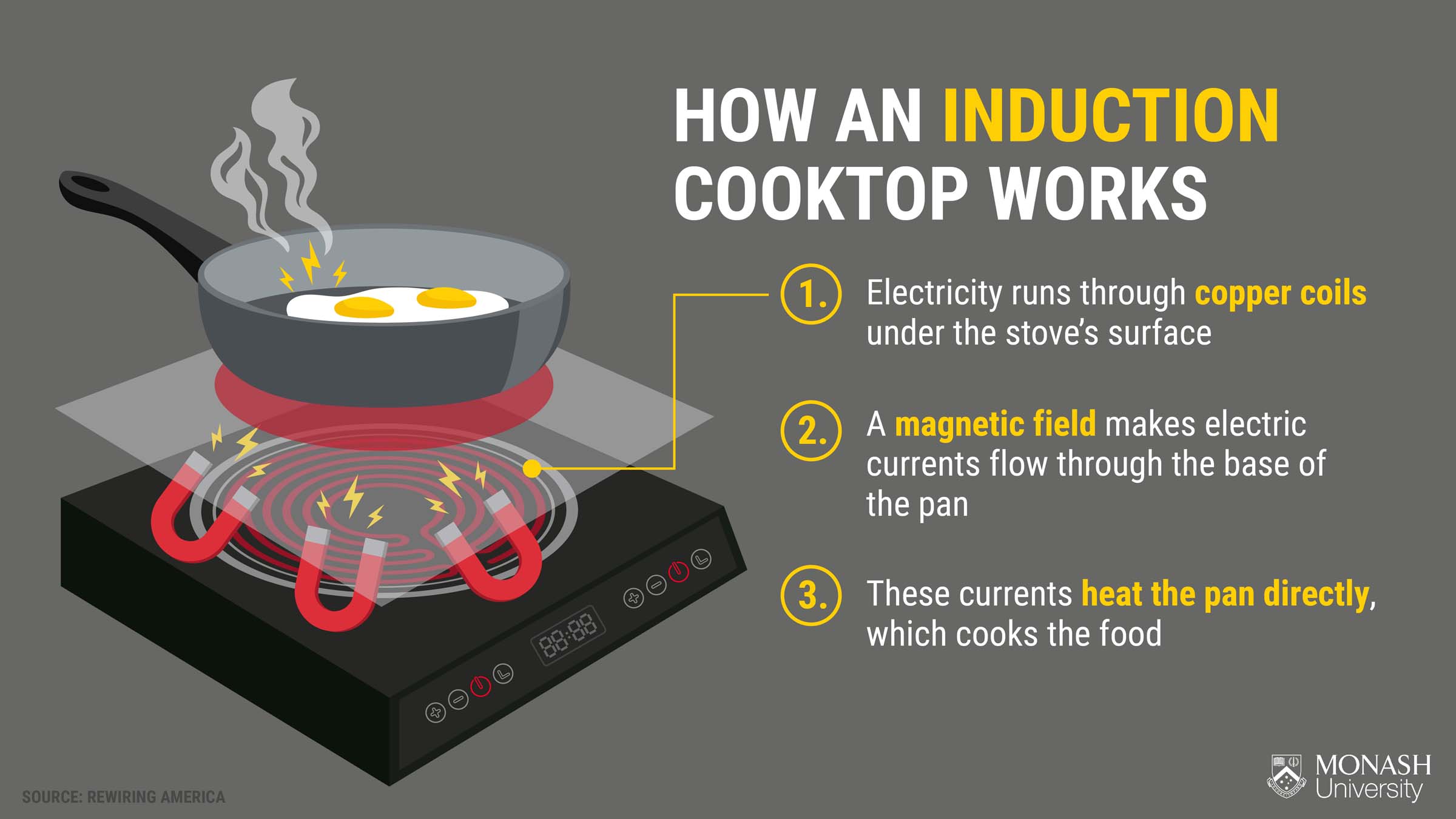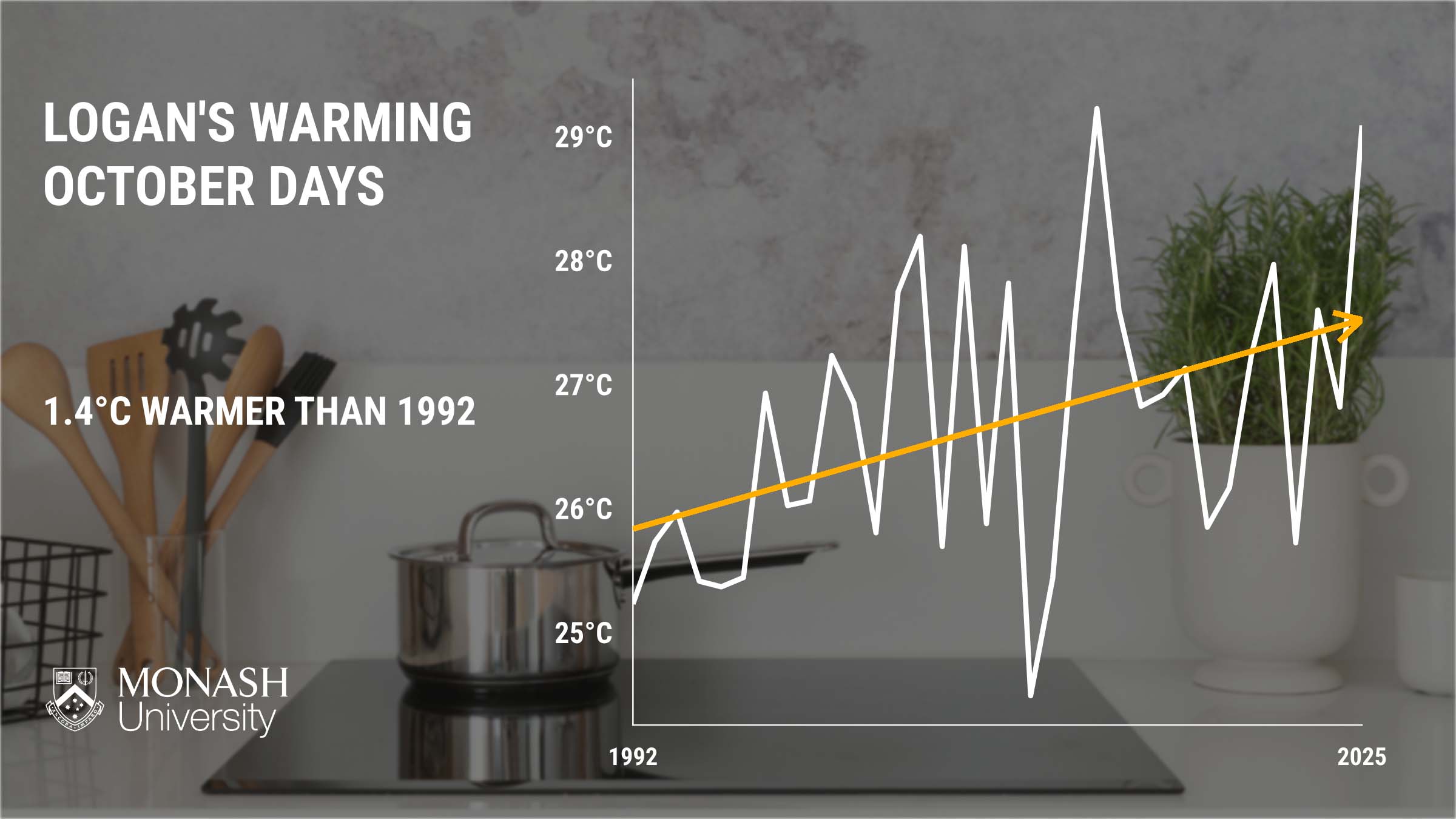Gas off the menu as top chefs go induction
From five star restaurants to family dinners, induction cooktops are taking over kitchens nationwide.

Some of Australia's most famous chefs including Poh Ling and Neil Perry are backing a move away from gas cooktops, championing induction as the future of cooking.
A growing list of Aussie culinary stars have joined the Global Cooksafe Coalition, which advocates for all-electric kitchens in restaurants and homes.
The group, which includes Danielle Alvarez, Christine Manfield and Dan Puskas says induction offers faster cooking, lower bills and cleaner air than gas cooktops.
And they're not alone.
Across the country, an increasing number of venues are proving that induction can handle the heat in the kitchen.
Here in Queensland for example, Italian steakhouse Establishment 203 is just one renowned restaurant already cooking without gas.
Rising gas prices, health concerns, and the push to cut household emissions are driving more Australians to consider making the switch – and seeing it succeed in top-tier kitchens gives home cooks confidence that induction really works.
Why chefs love induction
For chefs, the appeal comes down to speed, precision, and safety.
Induction stovetops heat pans directly through magnets, boiling a litre of water nearly twice as fast as gas.

No flames also means no grease fires, and no gas means no chance of a dangerous leak, reducing risks in busy kitchens.
And because most of the heat is transferred into the pot, kitchens stay cooler too.
With climate change driving rising temperatures across Australia, turning down the heat isn't just for comfort – it's a necessity.
Here in Logan the average October day is now around 1.4C warmer than 35 years ago.
This makes energy-efficient appliances like induction cooktops a practical way to adapt to hotter conditions and limit further warming.

Savings galore
Induction is also superior when it comes to efficiency.
This is because energy is directed straight into the base of the cookware, withup to 90 per cent efficiency compared with around 50 per cent for gas.
Less wasted energy means lower running costs, especially as gas bills climb.
What cookware can be used on induction?
Induction requires magnetic pots and pans – stainless steel and cast iron work well, but copper and aluminium do not.
There are two easy ways to check:
1. Look for an induction symbol (a coiled spring) on the cookware base or packaging
2. Place a magnet at the bottom of your cookware: if it sticks firmly, it's induction-compatible
For renters or the induction-curious, portable induction stoves start at around $50, and can be a great way to try before you buy.
Going electric
Households don't have to do it alone.
The Federal Government's Household Energy Upgrades Fund helps cover the cost of energy-efficient appliances like induction cooktops, making the switch more affordable.
So whether you see cooking as therapy or a daily chore, there's now more reason than ever to rethink how we heat our pans.
With health, climate, and cost benefits stacking up – and top chefs proving it works at the highest level – induction is quickly becoming the future of the kitchen.
Want more information on how your climate is changing? Check out the last article in this series.
Amelia Pearson is the Operations Manager at the Monash Climate Change Communication Research Hub.
This column is part of a collaboration between Monash University and News Corp to deliver hyperlocal weather and climate information.


